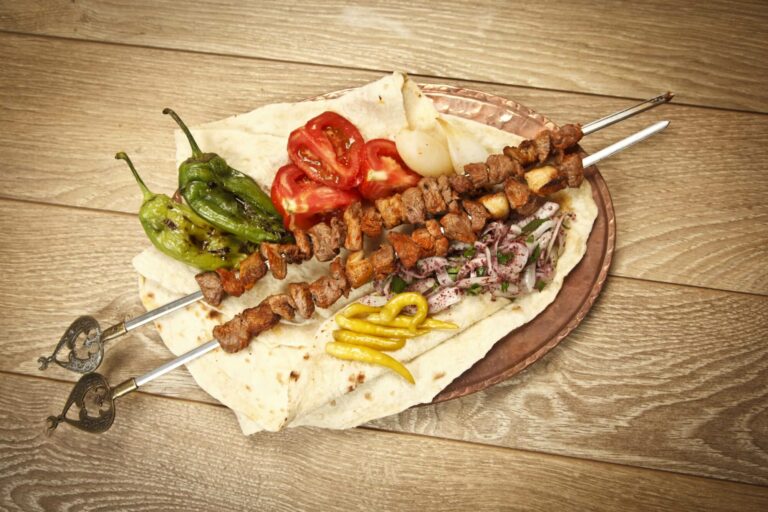Introduction: What is Meze?
Meze is a term used in the Eastern Mediterranean region to describe a small dish or appetizer served with drinks. This culinary concept is widely popular in Cyprus, where it is considered a key component of the local cuisine. Meze is a shared dining experience that involves a variety of flavorful and colorful dishes, representing an important aspect of Cypriot culture and hospitality.
Origins and History of Meze in Cyprus
Meze has been a part of Cypriot culture for centuries. It is believed that the concept of meze originated in Ancient Greece, where it was served as an accompaniment to wine. Over time, the tradition evolved and spread throughout the Eastern Mediterranean, becoming an integral part of the local cuisine in Cyprus. The concept of meze is deeply rooted in Cypriot hospitality and reflects the island’s cultural diversity, with influences from Greek, Turkish, and Middle Eastern cuisines.
Meze Dishes and Ingredients
Meze dishes are typically small, bite-sized portions, served in a series of courses. The selection of dishes varies depending on the occasion, but some of the most common meze dishes in Cyprus include hummus, tzatziki, dolmades, grilled halloumi, meatballs, kebabs, and fresh seafood. Meze is usually accompanied by a variety of bread, olives, and pickles, as well as local wine, ouzo, or other traditional drinks. The ingredients used in meze dishes are fresh and locally sourced, with an emphasis on herbs and spices to enhance the flavors.
Serving and Eating Meze
Meze is typically served family-style, with all dishes placed in the center of the table for guests to share. The dishes are served in a sequence, starting with cold meze, followed by hot meze and ending with dessert. Eating meze is a communal experience that encourages conversation and social interaction. The dishes are meant to be enjoyed slowly, with guests savoring each bite and sipping their drinks in between.
Social and Cultural Significance of Meze
Meze plays an important role in Cypriot culture, reflecting the island’s strong sense of hospitality and generosity. It is a way of bringing people together, with meze meals often lasting for hours and involving multiple courses. Meze is also a symbol of the island’s history and cultural diversity, with dishes representing a fusion of Greek, Turkish, and Middle Eastern influences.
Meze in Modern Cypriot Cuisine
Meze continues to be a popular dining experience in Cyprus, enjoyed by locals and tourists alike. In recent years, there has been a renewed interest in meze as part of the country’s culinary heritage, with chefs experimenting with new flavors and ingredients while also staying true to traditional recipes. Meze is now offered in many restaurants and taverns throughout Cyprus, providing visitors with a taste of the island’s rich food culture.
Meze in Other Mediterranean Countries
Meze has a long history in the Eastern Mediterranean and is popular in many other countries, including Greece, Turkey, Lebanon, and Israel. While the dishes and ingredients may vary, the concept of meze remains the same, with small, flavorful dishes served with drinks and shared among friends and family.
Conclusion: Why Meze is a Must-Try Dish in Cyprus
Meze is an essential part of the Cypriot dining experience, offering a unique and flavorful array of dishes that reflect the island’s cultural heritage. Whether enjoyed in a cozy tavern with friends or as part of a festive celebration, meze is a must-try dish for anyone visiting Cyprus. So, next time you’re in Cyprus, be sure to sit down and enjoy a delicious meze meal, while soaking up the island’s warm hospitality.

